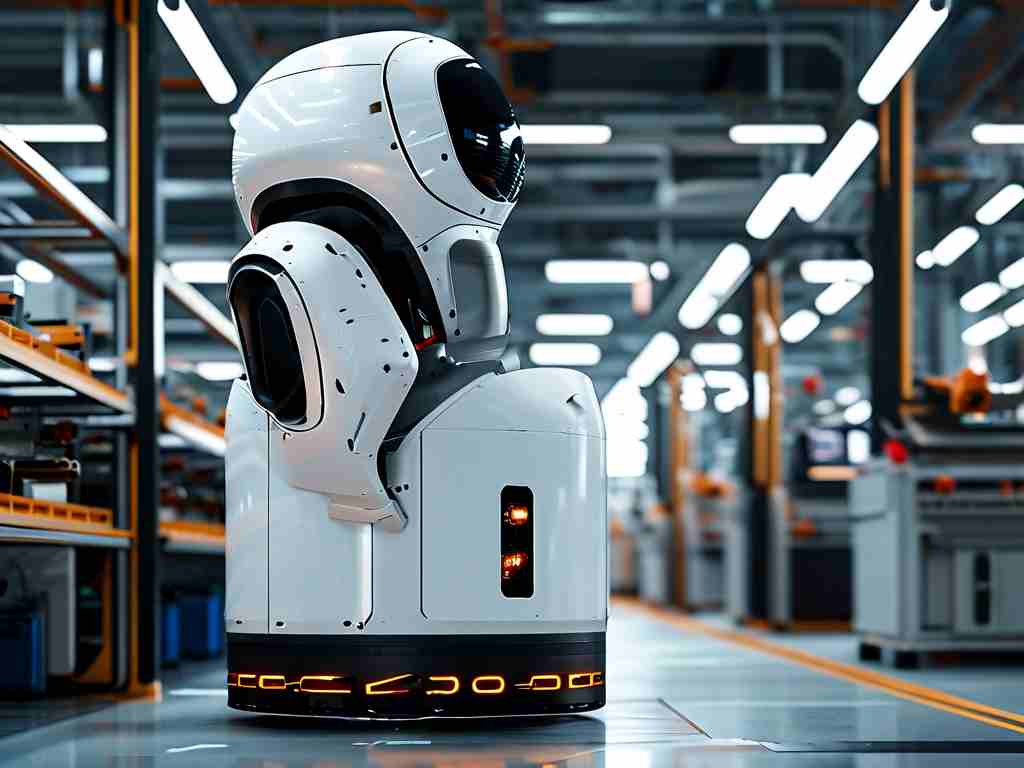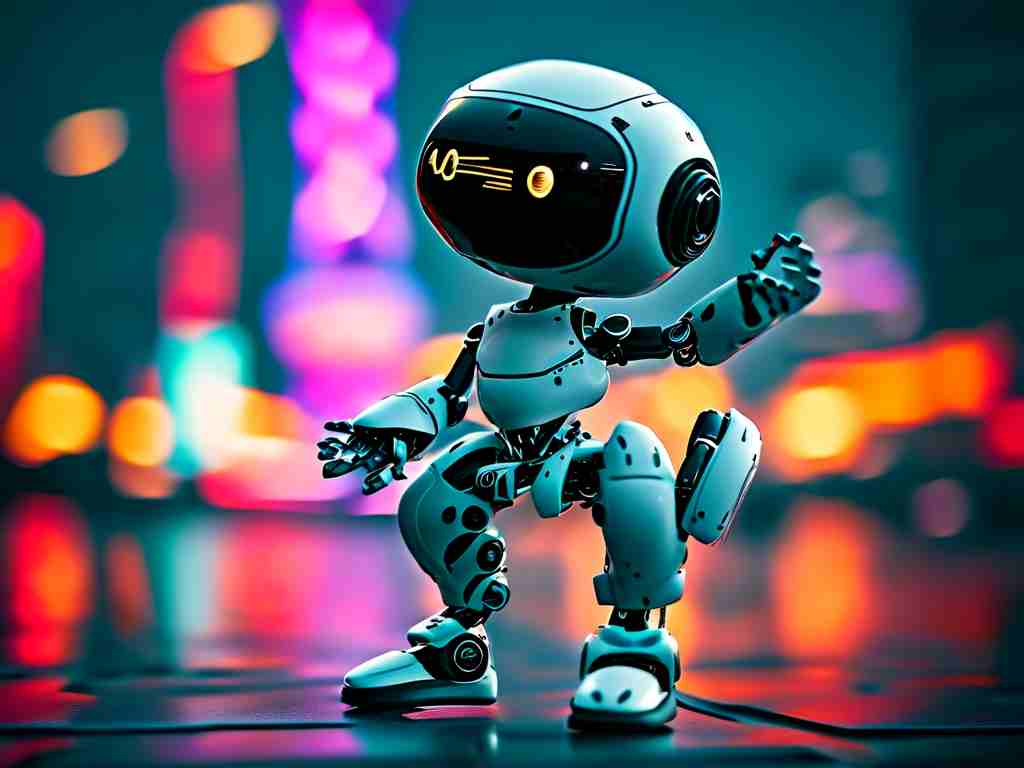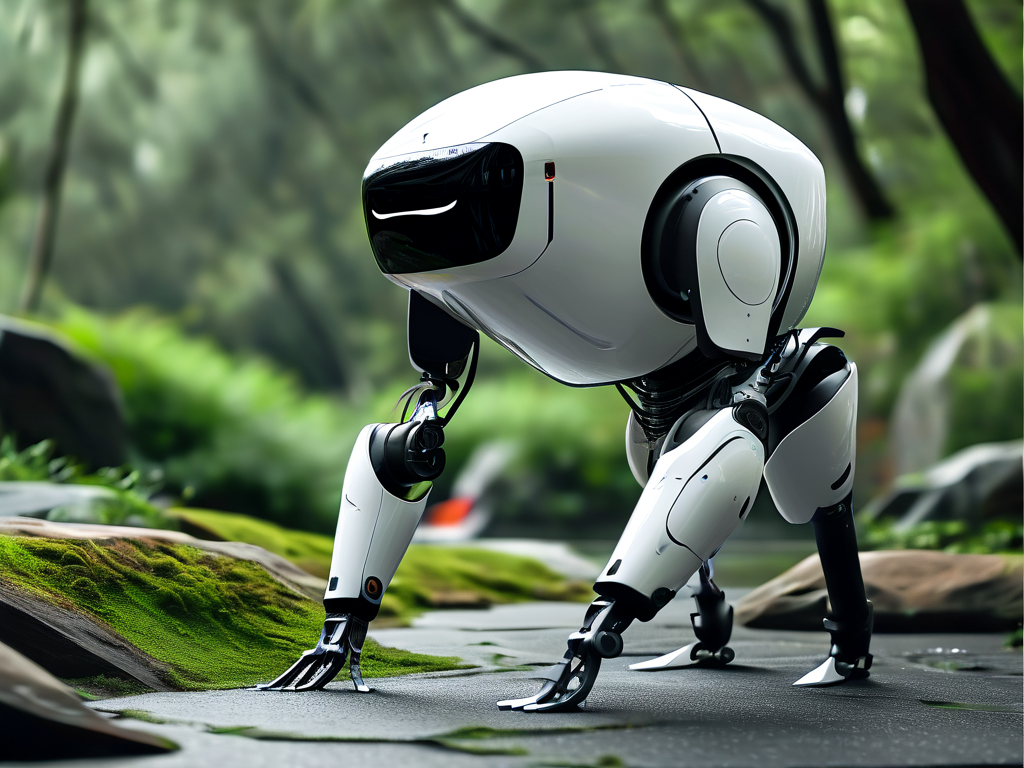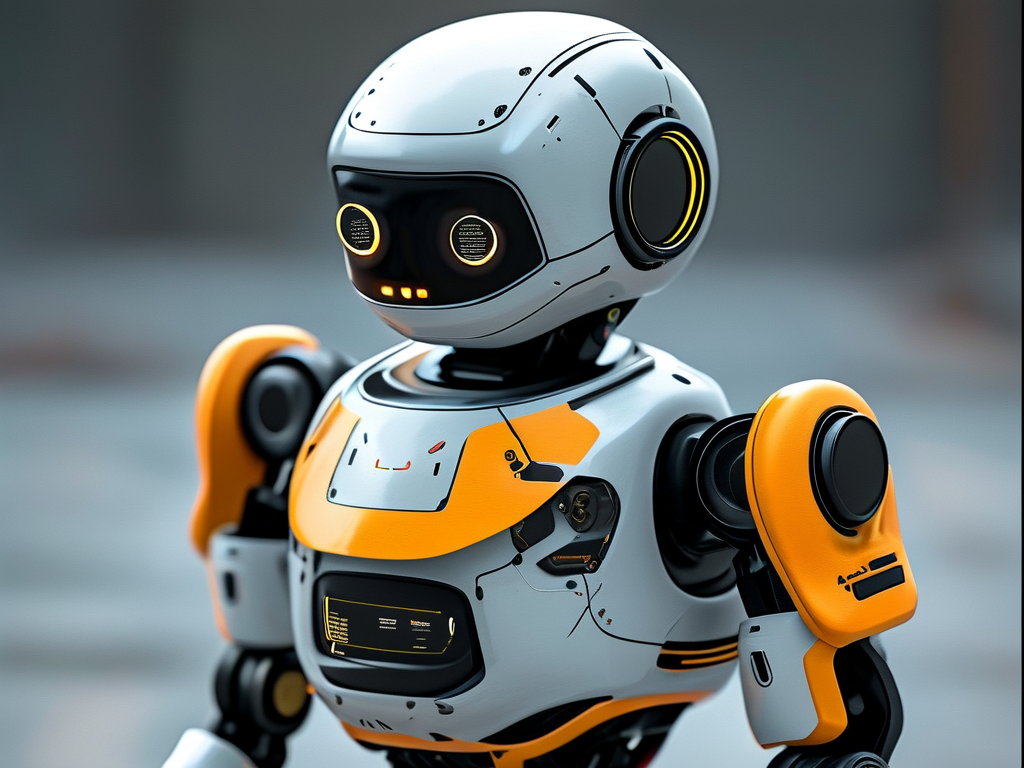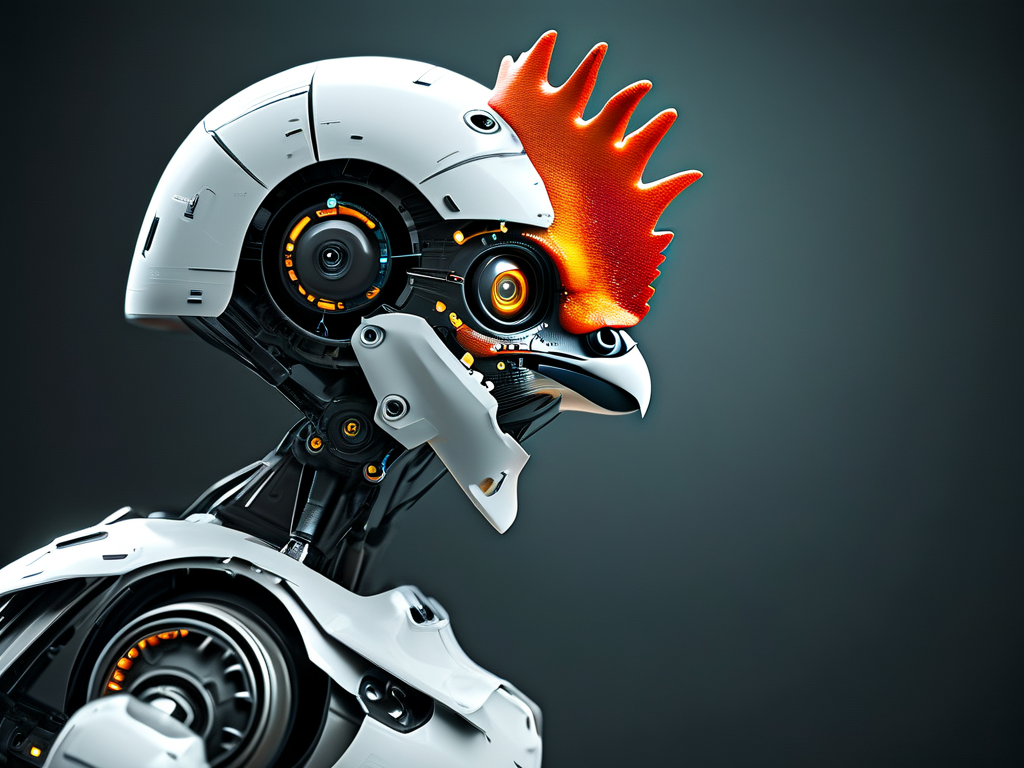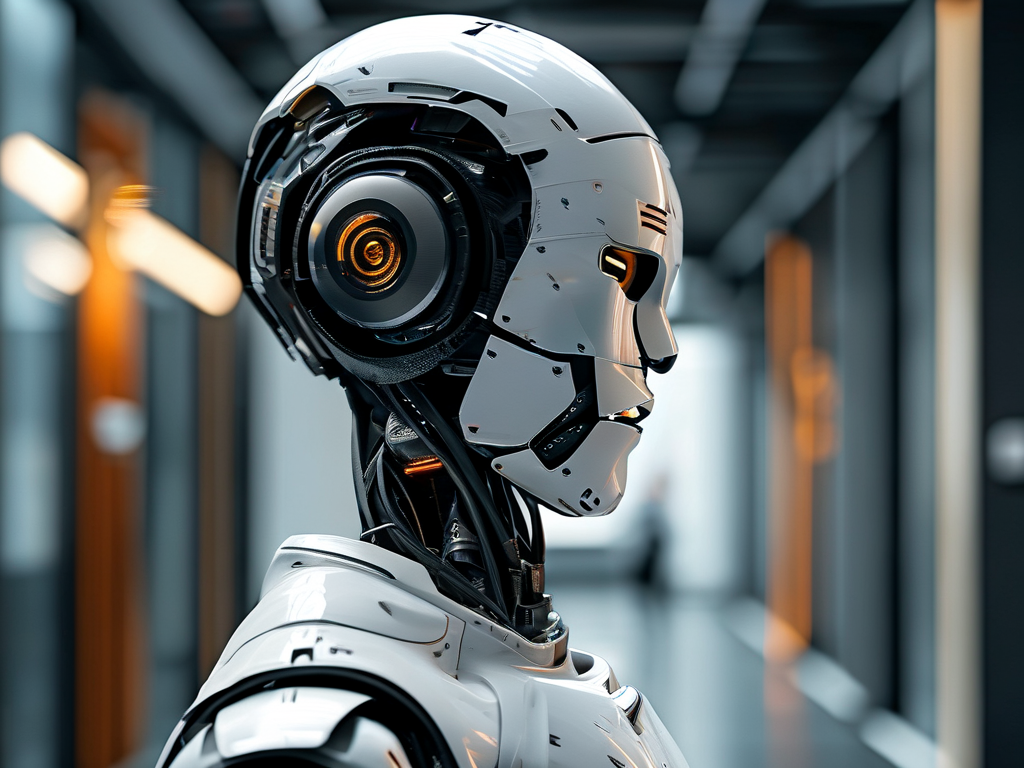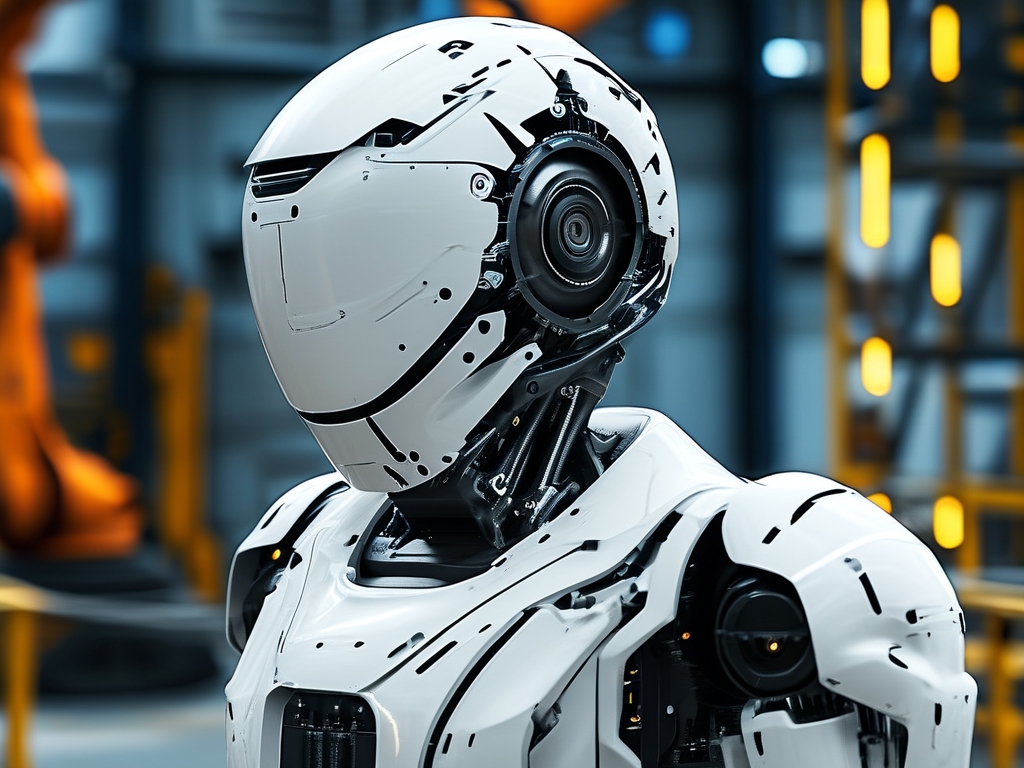The rapid evolution of robotics has ushered in a new era of machines capable of mimicking biological systems with astonishing precision. Mimetic robotics, a field that blends biology, mechanics, and artificial intelligence, focuses on replicating the form, function, and adaptability of living organisms. This article explores the technical principles underpinning these advanced systems, shedding light on how engineers and scientists are bridging the gap between nature and machinery.
1. Biomimicry as a Foundational Framework
At the core of mimetic robotics lies the concept of biomimicry-the practice of imitating nature's designs to solve engineering challenges. Biological systems, refined through millions of years of evolution, offer optimized solutions for movement, sensing, and energy efficiency. For instance, the locomotion of cheetahs inspires agile quadruped robots, while the flight mechanics of birds and insects inform drone design. By studying musculoskeletal structures, neural networks, and sensory organs, engineers create robotic analogs that replicate these natural systems.
Key technologies enabling biomimicry include:
- Soft Robotics: Flexible materials like silicone and shape-memory alloys mimic muscle elasticity, allowing robots to handle delicate objects or navigate uneven terrain.
- Sensor Fusion: Integrating cameras, LiDAR, and tactile sensors replicates the multimodal perception of biological organisms.
- Adaptive Control Systems: Algorithms inspired by neural pathways enable real-time adjustments to external stimuli.
2. Actuation and Movement: Emulating Biological Mechanics
A critical challenge in mimetic robotics is replicating the efficiency and versatility of biological movement. Traditional rigid robots rely on electric motors and gears, but these systems often lack the fluidity of natural motion. To address this, researchers have developed novel actuation methods:
- Pneumatic Artificial Muscles (PAMs): These contractible tubes, powered by compressed air, simulate muscle contractions. Used in humanoid robots, they enable lifelike gestures and walking patterns.
- Electroactive Polymers (EAPs): Materials that deform under electrical stimulation, EAPs are employed in robotic fish to replicate undulating tail movements.
- Hybrid Systems: Combining soft and rigid components, such as Boston Dynamics' Atlas robot, achieves a balance between strength and flexibility.
3. Sensory Feedback and Environmental Interaction
Mimetic robots must perceive and respond to their surroundings as effectively as living organisms. This requires advanced sensory systems and processing algorithms. For example:
- Tactile Sensing: Skin-like sensor arrays detect pressure, temperature, and texture, enabling robots to manipulate objects with human-like dexterity.
- Computer Vision: Deep learning models process visual data to identify objects, navigate spaces, and even recognize emotional cues in social robots.
- Proprioception: Internal sensors monitor limb position and force, allowing robots to maintain balance and adjust movements dynamically.
A landmark example is the development of robotic hands capable of threading a needle-a task requiring millimeter-level precision and real-time tactile feedback.
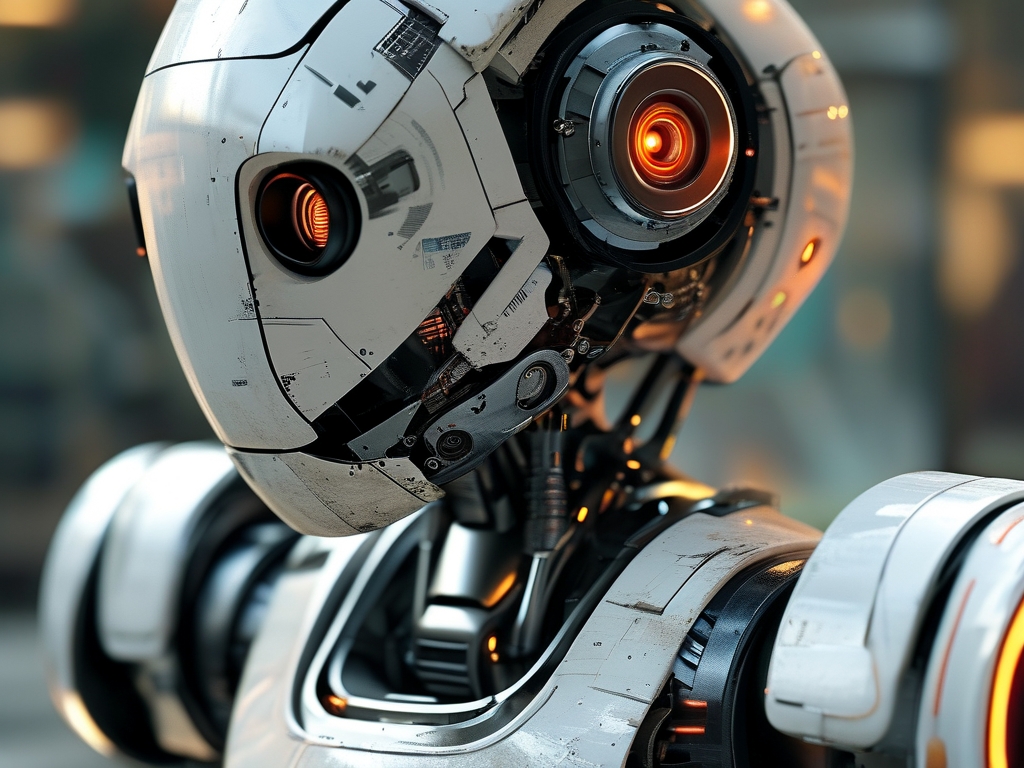
4. Learning and Adaptation: The Role of AI
While hardware forms the body of mimetic robots, artificial intelligence serves as their "brain." Machine learning algorithms, particularly reinforcement learning, enable robots to adapt to unstructured environments. For instance:
- Imitation Learning: Robots observe human demonstrations to master tasks like cooking or assembling furniture.
- Evolutionary Algorithms: Inspired by natural selection, these optimize robot designs iteratively for specific tasks.
- Neural Networks: Models like GPT-4 are being integrated into social robots to enable context-aware conversations.
However, challenges remain. Training AI models requires vast datasets, and ensuring safety in real-world scenarios demands robust fail-safes.
5. Applications and Ethical Considerations
Mimetic robotics has transformative potential across industries:
- Healthcare: Surgical robots mimic a surgeon's hand movements with sub-millimeter accuracy.
- Disaster Response: Snake-like robots navigate rubble to locate survivors.
- Entertainment: Humanoid robots like Sophia engage in lifelike interactions.
Yet, ethical questions arise. Could hyper-realistic robots blur the line between humans and machines? How do we prevent misuse in surveillance or warfare? Regulatory frameworks must evolve alongside technological advancements.
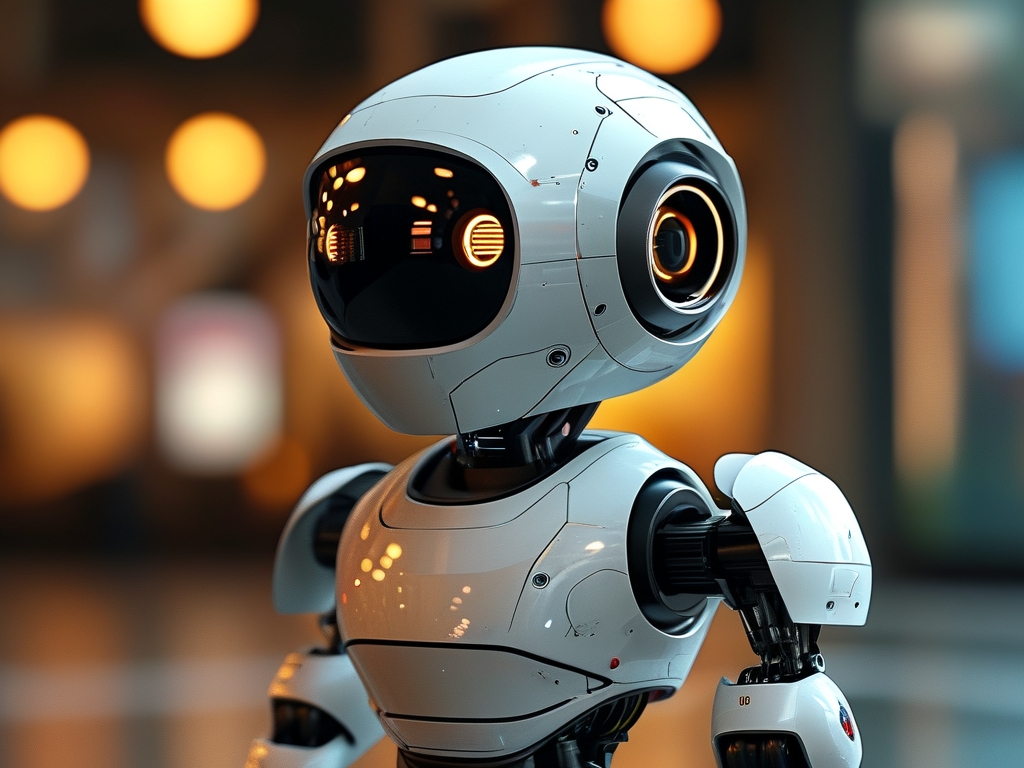
6. Future Directions
The next frontier for mimetic robotics involves integrating biological components, such as living tissues, into synthetic systems-a field known as biohybrid robotics. Researchers are also exploring swarm robotics, where groups of simple robots collaborate like insect colonies.
In , mimetic robotics represents a convergence of biology and engineering, pushing the boundaries of what machines can achieve. By learning from nature's playbook, engineers are not only creating smarter robots but also deepening our understanding of life itself.



